The 1920s saw a great boom in automobile sales as cars became a part of most American households. In 1929, nearly 4.5 million new cars were manufactured. Then, of course, came the Great Depression and in 1930 new car sales dropped to 2.8 million and in 1932, at the depth of the Great Depression, car sales fell to 1.1 million, the worst year since 1918. During the 1930s, however, wealthy people continued to buy cars and the car companies continued to produce luxury automobiles. Shown below are three cars from the era of the Great Depression which were on display in the LeMay—America’s Car Museum in Tacoma, Washington.
1930 Duesenberg Model J Roadster
In 1913 the Duesenberg brothers, Fred and Augie, founded the Duesenberg Automobiles and Motor Company in Des Moines, Iowa. Duesenberg automobiles were luxury cars as a peer to Europe’s Mercedes, Hispano-Suiza, and Rolls-Royce. Errett Lobban Cord bought the company in 1926 and gave the brothers free hand to design and develop a fine luxury automobile.
In 1928, Duesenberg introduced the Model J. According to the Museum:
“The use of aluminum alloy throughout this sizeable vehicle kept its weight to approximately 5,200 lbs allowing the 265 horsepower inline-eight engine to accelerate the vehicle to 115 miles per hour. The engine was designed by Fred Duesenberg and was constructed by Lycoming. By 1930, both Duesenberg and Lycoming were part of the Cord Corporation, an automobile manufacturing empire founded by E. L. Cord.”
In his book The American Automobile: A Centenary 1893-1993, Nick Georgano writes:
“The Model J was inevitably very expensive, but this was probably a bonus to Cord rather than a disappointment. He was aiming unashamedly at the ostentatious rich, the ‘if you’ve got it, flaunt it” crowd, of which there were many in pre-Depression America.”
The Model J chassis sold for $8,500 and the cost of a custom body ranged between $2,500 and $8,000.
The body of the Duesenberg Model J on display in the LeMay—America’s Car Museum was built by the Walter J, Murphy Company in Pasadena, California. Murphy was among approximately twenty coach builders that built bodies for the Model J. Nick Georgano writes:
“The most popular coachbuilding firm, who bodied probably 150 of the 470 Model Js, was Murphy of Pasadena, best known for its convertible sedans and Beverly sedans.”

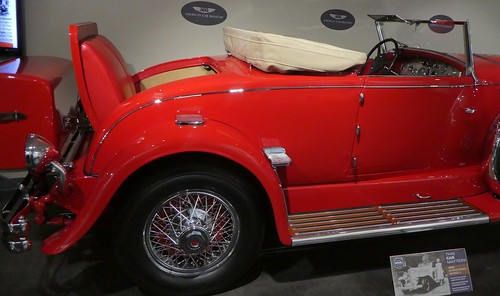
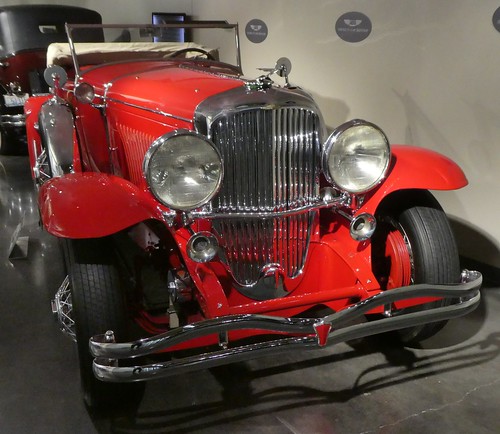
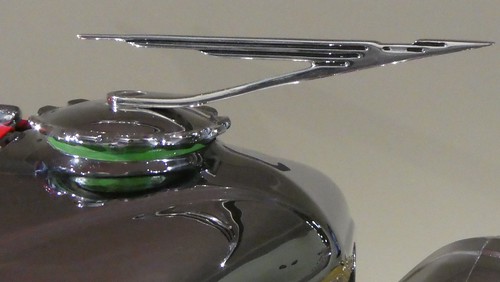
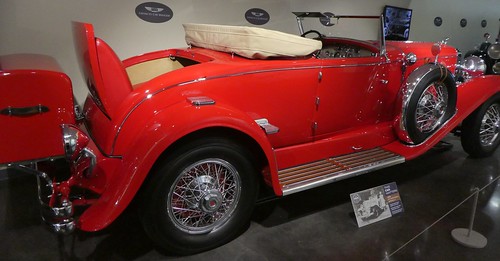
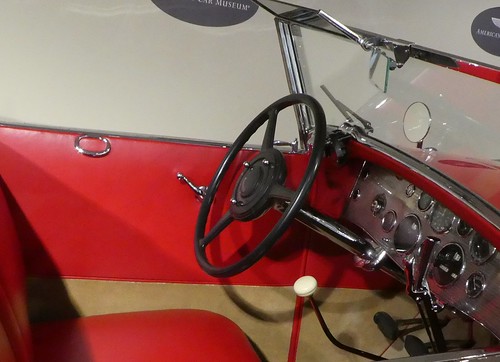
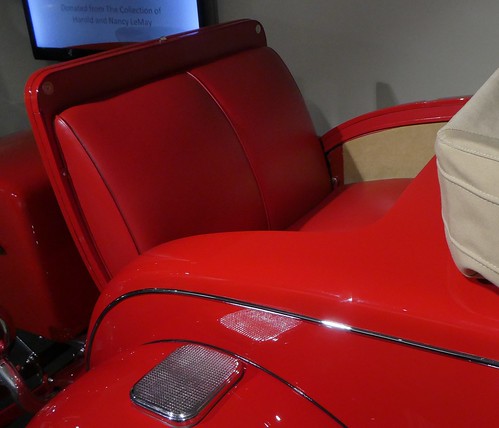
1931 Studebaker President, Four Season Roadster Model 80R
According to the Museum:
“In 1931, at the height of the Great Depression, Studebaker produced the Model 80R. It was called the Four Seasons Roadster as it was the first year for roll up window. Fitted with a convertible top, and a rumble seat, five people could tour in style.”
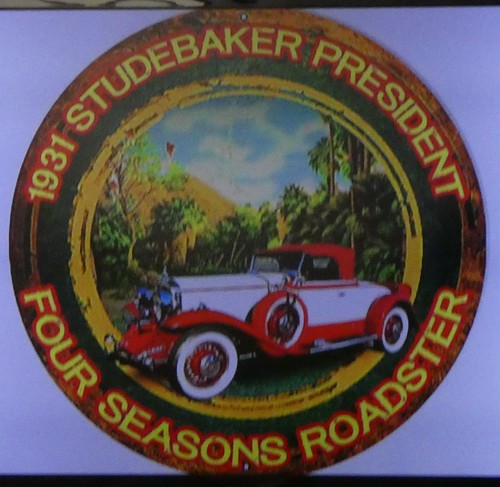
The Model 80R was the “Muscle Car” of this era: it had an eight-cylinder, 122 horsepower engine with a 3-speed manual transmission. It also had 4-wheel mechanical drum brakes.
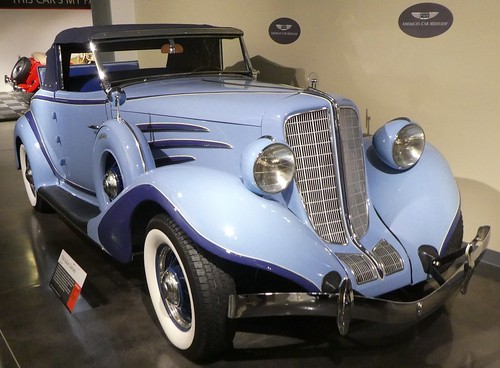

1934 Auburn Cabriolet Model 850Y
According to the Museum:
“The Auburn Motor Company’s one-year-only design for 1934 was lower and more aerodynamic with an elegantly curved radiator grilled and swooping horizontal hood louvers.”
This car has a Lycoming straight eight, 280 cubic inch, 115 horsepower engine with a 3-speed manual transmission.
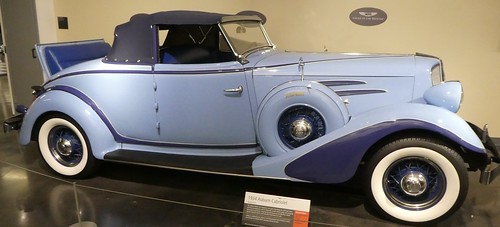
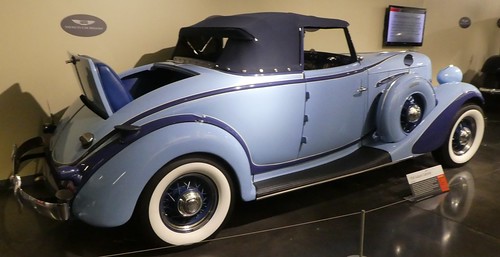
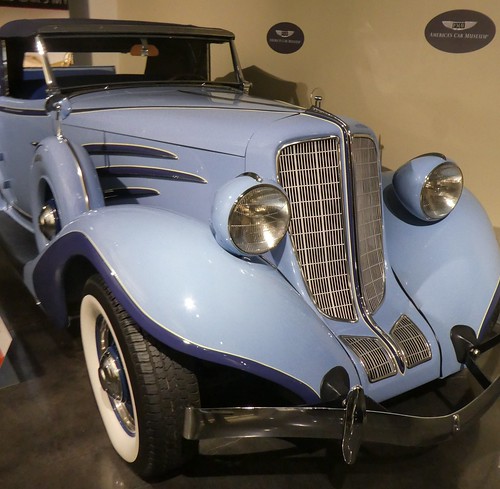
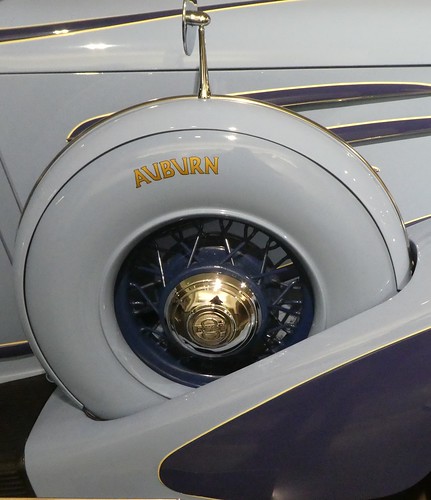
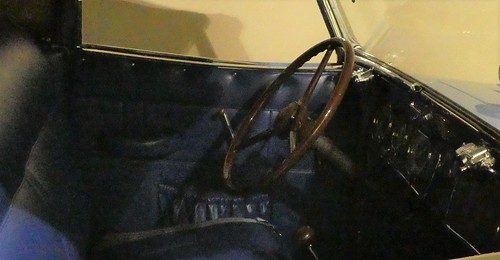
More cars
America's Car Museum: Cars from the 1930s in the LeMay Collection (photo diary)
America's Car Museum: Some cars of the 1930s (photo diary)
LeMay Family Collection: Some 1930 cars (photo diary)
WAAAM: Automobiles of the 1930s (Photo Diary)
Shape of Speed: Some American Automobiles (Photo Diary)
Museums 101: 1930s Fords in the Classic Auto Museum (photo diary)
Museums 101: Automobiles of the 1930s (Photo Diary)
Packard Museum: Convertibles of the 1930s (photo diary)


